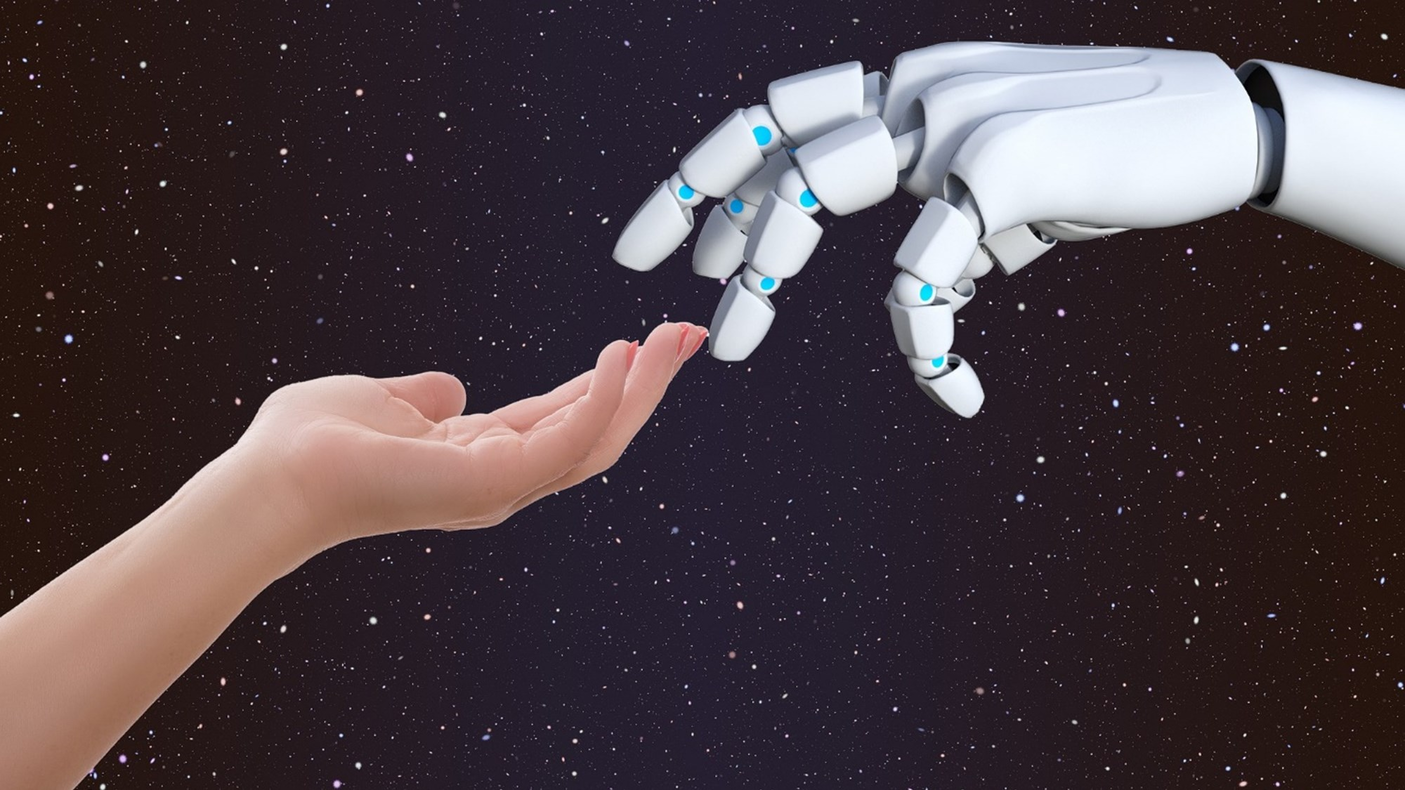
Human and Machine Collaboration

Programmable robots are playing an increasingly important role in the advancement of industrial automation – assisting mankind with a range of simple and complex operations, including hazardous tasks and operations that demand high precision. The rapid development of artificial intelligence (AI) technologies has also pushed the frontiers of robotics. Hence, it is not surprising that both machines and robots can now sense and recognize the environment, scour the internet to answer a myriad of questions, learn from their mistakes, and even beat humans in games like Jeopardy! and Go1-2. As AI technologies progress towards performing more “human” tasks, the fear that we will eventually be displaced by machines seemed legitimate at first, but that notion has since been brought into question.
Recent research gives an optimistic perspective suggesting that, instead of displacing employees, the most likely impact of AI lies in augmenting human capabilities, enabling people and machines to work collaboratively. This paradigm shift is evident in organisations that have ventured into human–machine collaborations (HMC), re-imagining how humans and machines can augment one another through collaborative intelligence.
This report examines the state-of-the art of HMC by studying worldwide HMC-related patent applications published from 2009 to 2018. Our comprehensive trend analysis focuses on four domains, namely: Mechanical, Linguistic, Emotional and Digital Trust. In addition to providing an overview of the innovation trends of HMC technologies, this report also elaborates on the technology trends relating to specific areas such as machine-to-machine collaboration and swarm intelligence.
Download Technology Scan PDF
